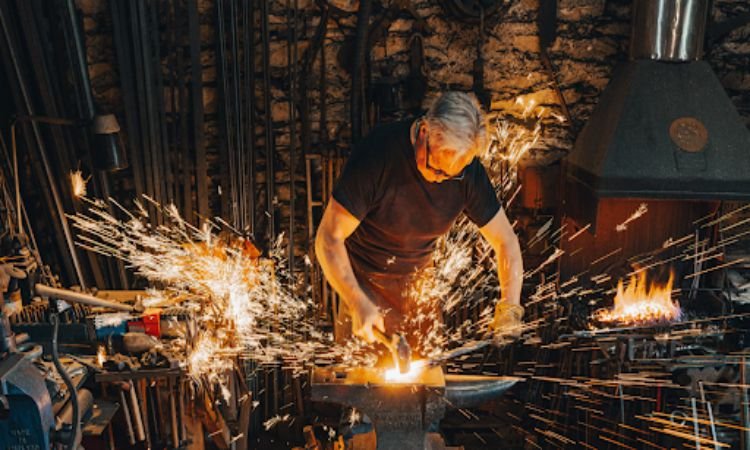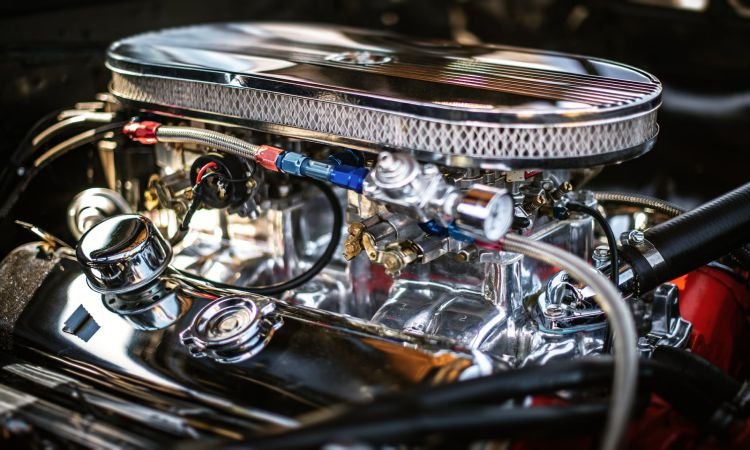 The world has changed considerably from how it was several decades back in time. Specializing in specific craftsmanship once required several years of practice, experience, and training, and even then, masters of said practices were not capable of handling the high amount of demand for their services, mainly because of the way they had to deal with their business, and how much time it required for them to create and provide great quality.
The world has changed considerably from how it was several decades back in time. Specializing in specific craftsmanship once required several years of practice, experience, and training, and even then, masters of said practices were not capable of handling the high amount of demand for their services, mainly because of the way they had to deal with their business, and how much time it required for them to create and provide great quality.
Nowadays, though, things are far simpler, and specializing in something does not take as much time as it used to take. There’s also the fact that new tools and technologies have been developed to facilitate practices even further.
Now, several practices that were once considered very complicated to handle, are a lot more effortless. And a very good example of this is one application known as metal forming.
Back in the day, metal forming was mostly done through a profession known as blacksmithing, which relied on the use of forges, fire, heat, anvils, hammers, and many similar tools that allowed the manipulation of metals.
Physical strength, endurance, experience, and a lot of training were essential to properly apply all aspects of blacksmithing for the sake of creating great products and assets.
Nowadays, though, metal forming is a much wider concept, and even blacksmithing is considered to fall under it since, in a way, it allows the manipulation of metals to create different shapes.
What is Considered as Metal Forming?
Metal forming, as the name implies, is the process in which metals are manipulated through different types of techniques, methods, and tools, for the sake of achieving a specific shape that is capable of fulfilling a need, or becoming a tool in and of itself that is also capable of achieving other necessities.
Back in the day, blacksmithing, a form of metal forming, was used to create a considerably large range of assets. From weapons to armor, to even gardening and agriculture tools, and even jewelry, blacksmiths were one of the many foundations of society and one of the reasons why progress was possible.
In the modern era, metal forming is capable of achieving even greater things, since the number of different tools, techniques, methods, and applications has evolved considerably thanks to scientific and technological advances.
As mentioned over here, metal forming is now even capable of taking advantage of even more complex processes such as Artificial Intelligence to be able to create very intricate designs used in a lot of industries that influence many areas of society.
Types and Methods to Manipulate Metals
When it comes to this practice that focuses on manipulating metals, you can find different types of techniques and methods used for this purpose, with some of them being more efficient at achieving specific requirements than others.
Even then, they are all often considered necessary since all methods are capable of fulfilling very specific needs, from reducing costs to being able to create more intricate designs. And, among the most common options, we have:
-
Roll forming
This technique uses drum rollers to shape sheets of metals that are constantly moving and pressed thanks to conveyor belts. It’s usually used for large volumes of metal sheets and is capable of achieving very strong yet simple designs. One of its advantages is the low level of maintenance it needs, thus, greatly reducing costs.
This method is often used for creating construction equipment, elevators, frames, railings, mounts, tracks, windows, tubes, ships, ladders, and door components, The industries that usually rely on this type of metal forming include the ones that focus on HVAC systems, automobiles, energy, aerospace, construction, and piping.
-
Press Braking
This one involves the use of pressure, a punch, and a die, to form the metals in the desired shape. This one, contrary to roll forming, is better for more detailed pieces of work and is not usually suitable to create great amounts of assets since it might take time to create a piece and ensure its quality.
This is why this one is often used for more complex procedures involving architecture, electronics, construction, and industrial manufacturing.
It’s a Matter of Needs
At the end of the day, as mentioned earlier, all techniques are capable of achieving something, and it is more a matter of the needs and circumstances at hand.
That being said, it is very common for metal forming shops to work with different types of machinery and processes to handle even more customers and requests. If you check the UHI Group’s Website, for example, you’ll notice that they provide different types of services, from ones that focus on engineering to even hydroforming, a type of metal forming that uses water to generate pressure and shape metals.
This also ensures that the needs of several industries are met since the number of components required on a daily basis is too great to be handled by machine shops that solely focus on one particular process.
Thankfully, most metal forming machine shops out there always think of expanding themselves, and turning more and more processes into a feasible business that not only benefits them but all the industries that require complex metal designs.
Metal Forming is one of the Many Pillars of Society
 Considering the great amounts of activities and practices all around the world that require metals to exist, metal forming is probably one of the most important aspects of today’s society.
Considering the great amounts of activities and practices all around the world that require metals to exist, metal forming is probably one of the most important aspects of today’s society.
Medical and surgical equipment is a very good example of why this is a reality, as well as industries that require metal pieces to create electronic hardware that is used by millions of people in many different countries. Cars, ships, airplanes… All of them have been possible thanks to metal forming!
Just like blacksmithing was once necessary to progress as a society and race, metal forming is also needed to progress in multiple fields, and even the idea of reaching the stars through space ships is only possible thanks to it. Without it, our progress as mankind might have been severely delayed, and we wouldn’t be what we are today.




